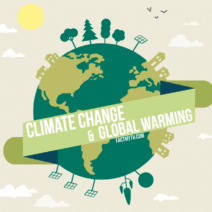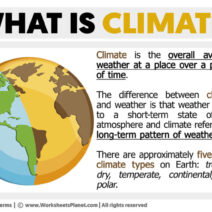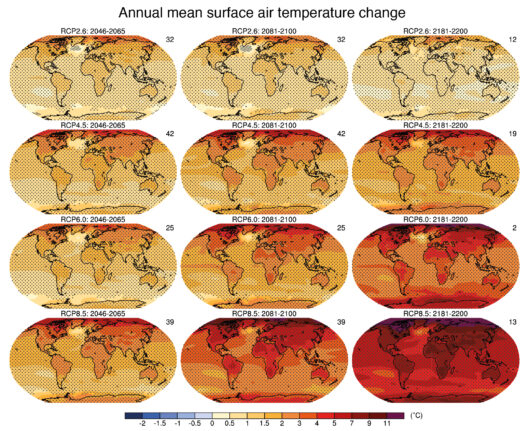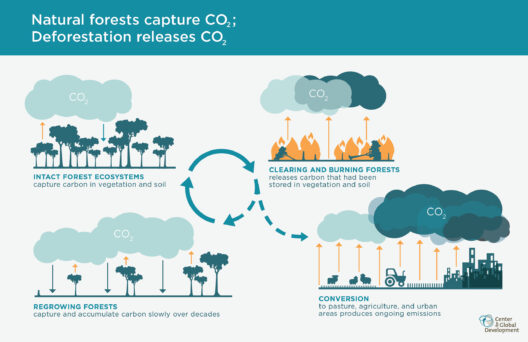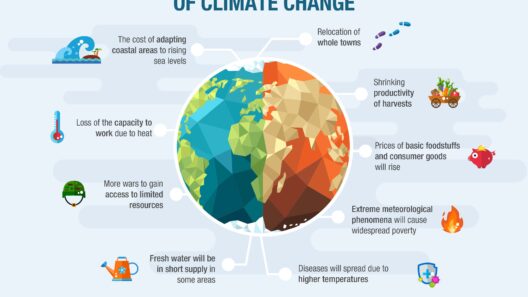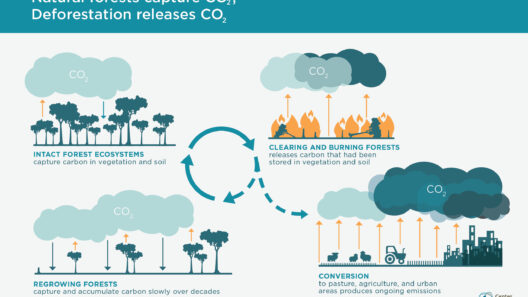Climate change has become one of the most pressing issues of our time, captivating the attention of scientists, policymakers, and the general public alike. The phenomenon invokes a spectrum of emotions—fear, urgency, and responsibility. While the conversation often centers around the various contributing factors to climate change, there lies a persistent question: What is the primary offender driving this crisis? After extensive research and examination, it becomes increasingly apparent that carbon dioxide (CO2) emissions, primarily from fossil fuel consumption, emerge as the leading culprit.
To understand the profound impact of carbon dioxide emissions on our planet, one must first recognize the intricate relationship between greenhouse gases and the Earth’s climate system. The greenhouse effect is a natural process where certain gases trap heat in the Earth’s atmosphere, maintaining a temperature suitable for life. However, human activities, particularly since the onset of the Industrial Revolution, have exacerbated this effect to alarming levels. Fossil fuels—coal, oil, and natural gas—have become the predominant sources of energy, fueling industries, transportation, and electricity production.
Statistical data reveal that the burning of fossil fuels accounts for approximately 75% of global greenhouse gas emissions. When burned, these fuels release vast quantities of carbon dioxide into the atmosphere, where they can remain for centuries, contributing to the warming of the planet. This human-induced increase in CO2 levels surpasses natural variability and is catalyzing a cascade of environmental repercussions.
However, attributing climate change solely to fossil fuel consumption overlooks a more nuanced scrutiny of underlying motivations. As societies evolve, so do their dependency on convenient energy sources. Economies worldwide have developed a symbiotic relationship with fossil fuels, and breaking this bond poses profound societal challenges. Human inclination towards industrialization, urbanization, and consumerism intertwines with an unbridled thirst for energy, making the transition to renewable sources exceedingly complex.
Woven into the fabric of modern civilization lies another factor: population growth. As the global population nears 8 billion, there is an insatiable demand for energy, food, and resources. This burgeoning populace drives the need for expanded infrastructure and industrial activity, ultimately intensifying carbon emissions. Consequently, the complexity of balancing sustainable development and environmental preservation becomes evident. In essence, the battle against climate change is not merely a technical issue; it is deeply interlaced with economic realities and social aspirations.
The ramifications of unchecked carbon emissions manifest in myriad ways—melting polar ice caps, rising sea levels, intensified weather patterns, and loss of biodiversity. These phenomena serve as somber reminders of humanity’s impact on the planet, prompting a collective acknowledgment of the urgency for mitigation strategies. The urgency extends beyond mere recognition; it requires actionable solutions, including transitioning to alternative energy sources, enhancing energy efficiency, and developing carbon capture technologies.
It’s also critical to consider the broader environmental framework that supports these discussions. Deforestation, agricultural practices, and industrial waste further amplify climate change, creating a symphony of detrimental effects that amplify each other. Deforestation, for instance, not only releases stored carbon but also diminishes the planet’s capacity to absorb existing CO2. Agricultural practices, particularly those involving livestock, contribute to methane emissions, another powerful greenhouse gas. Such interconnections reinforce the notion that addressing climate change requires a holistic approach encompassing various sectors and practices.
To move towards a sustainable future, policy initiatives and global agreements have a pivotal role to play. The Paris Agreement serves as a beacon of hope—encouraging nations to collaborate in their efforts to curb carbon emissions and limit global warming to well below 2 degrees Celsius. However, the effectiveness of such agreements hinges on the commitment of each nation. Historically, political inertia and economic interests have thwarted substantive progress. Political will, education, and scientific engagement are essential for nurturing an informed citizenry capable of compelling governments to prioritize sustainability over short-term economic gain.
Educational initiatives also play a crucial role in cultivating a generation informed about climate issues. From schools to community programs, disseminating information that emphasizes the impact of individual actions and community engagement can shift societal behavior towards sustainable practices. Grassroots movements have proven effective in garnering public concern and advocacy for policies aimed at climate mitigation. The transition to renewable energy, electric vehicles, and sustainable agricultural practices must begin at the individual level, collectively orchestrating significant change.
As we delve deeper into the climate change narrative, the reality becomes strikingly clear: carbon emissions are not merely a scientific concern; they are a reflection of societal structures, political agendas, and individual choices. To stem the tide of climate change, it is paramount to confront not just the symptoms but the root causes of our reliance on fossil fuels. This multifaceted approach necessitates an unwavering commitment to reevaluating our energy consumption patterns, fostering sustainability, and advocating for policies that prioritize the planet over profit.
In conclusion, while the primary offender causing climate change may be identified as carbon dioxide emissions from fossil fuels, the discussion cannot end there. Acknowledging the interconnections between energy consumption, population growth, industrial practices, and climate policy is fundamental to enacting meaningful change. The time for action is now; the road ahead may be arduous, but the imperative to secure a sustainable future has never been more pronounced.
